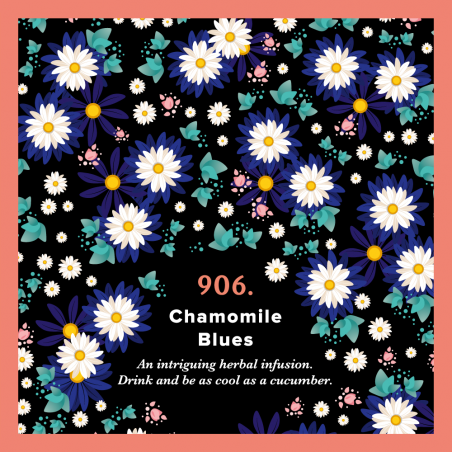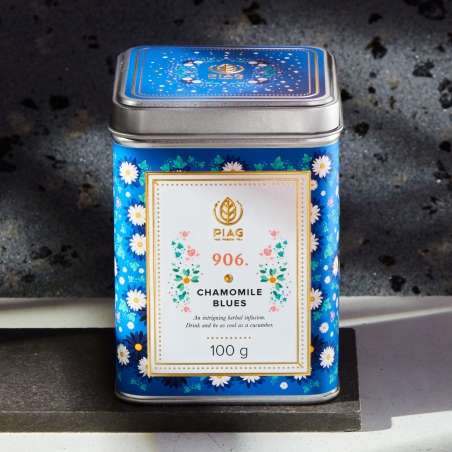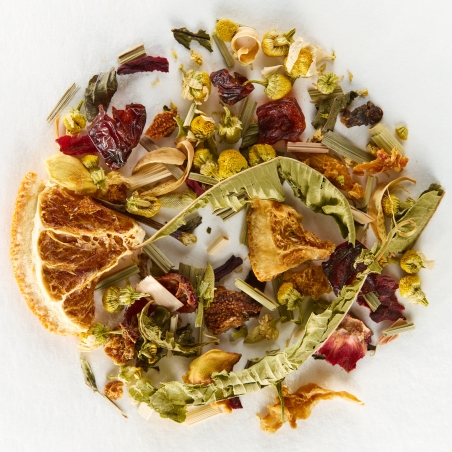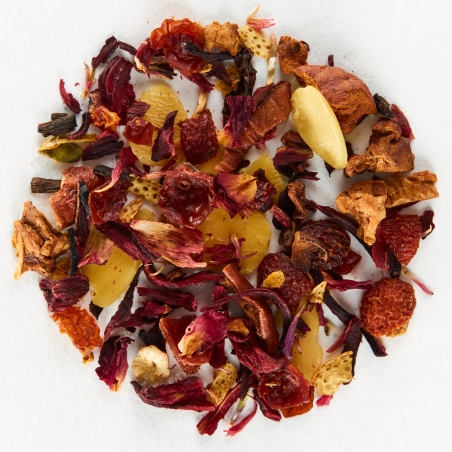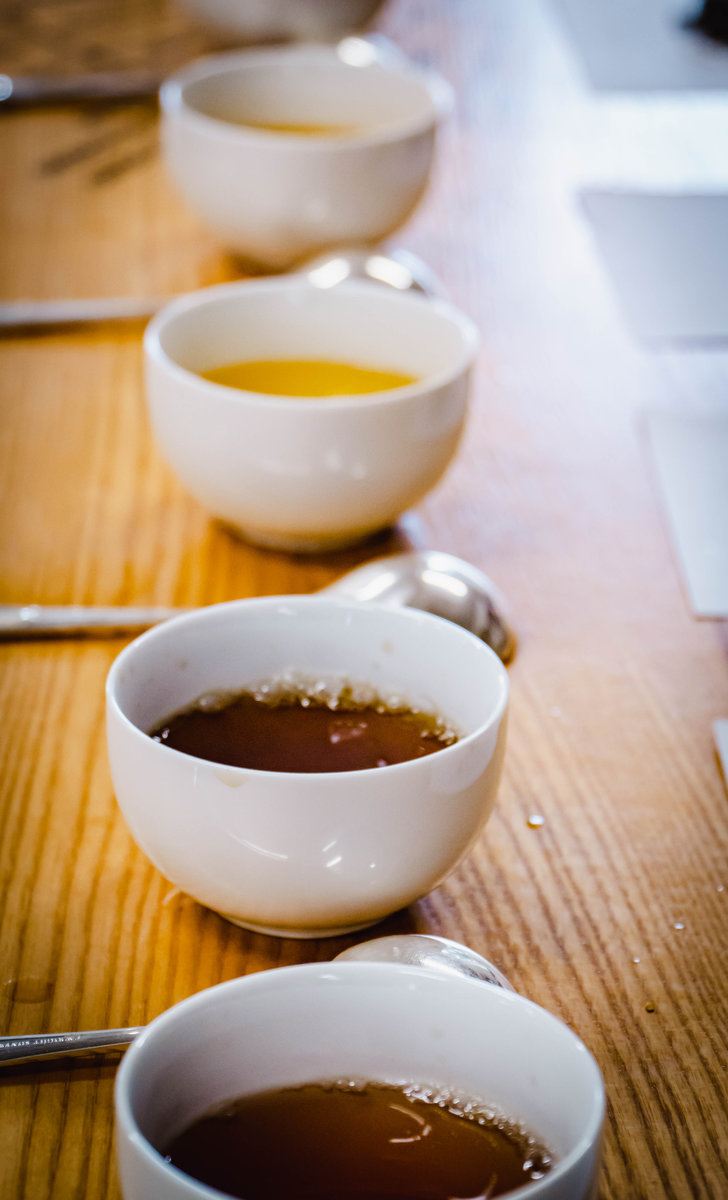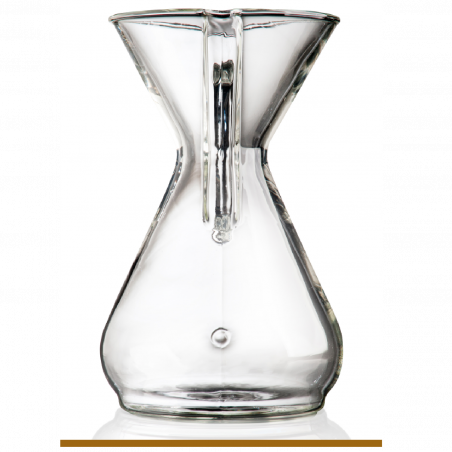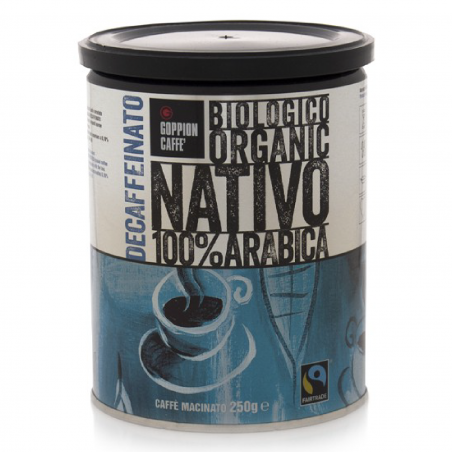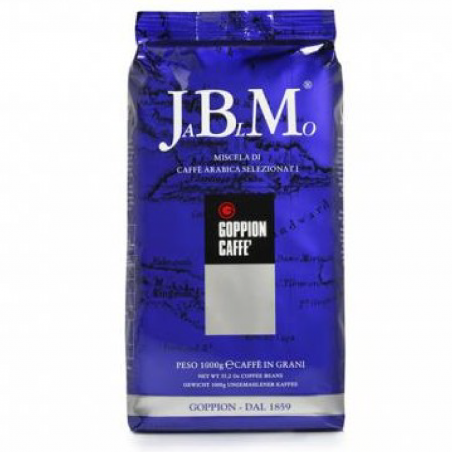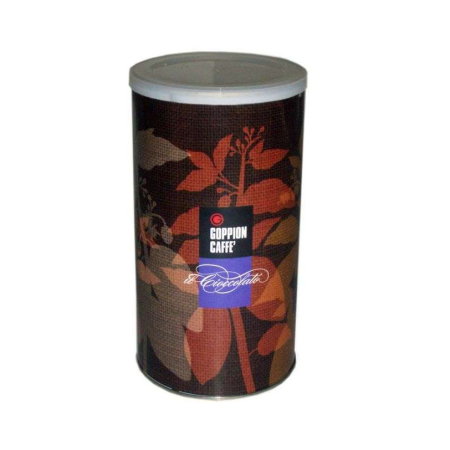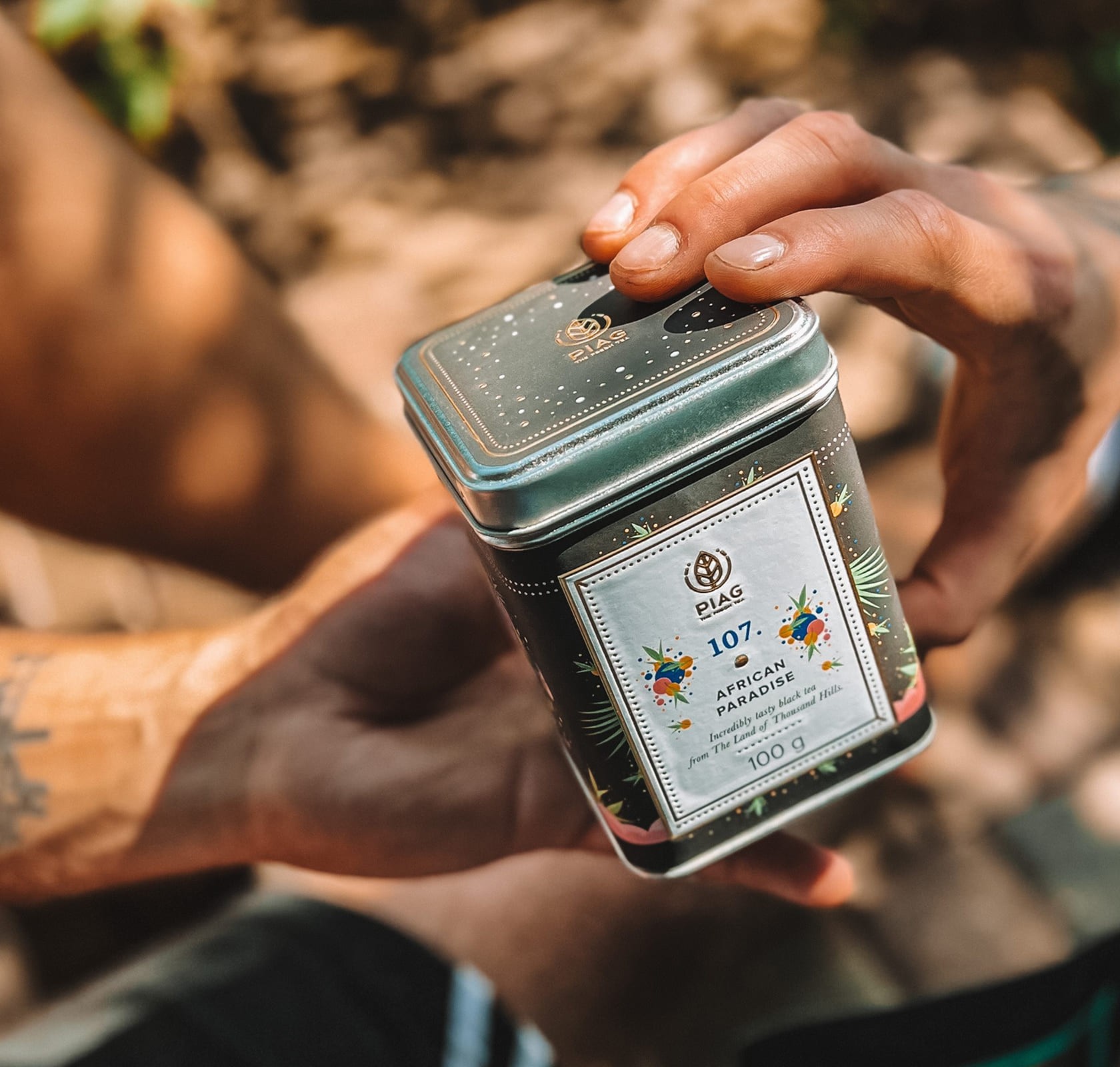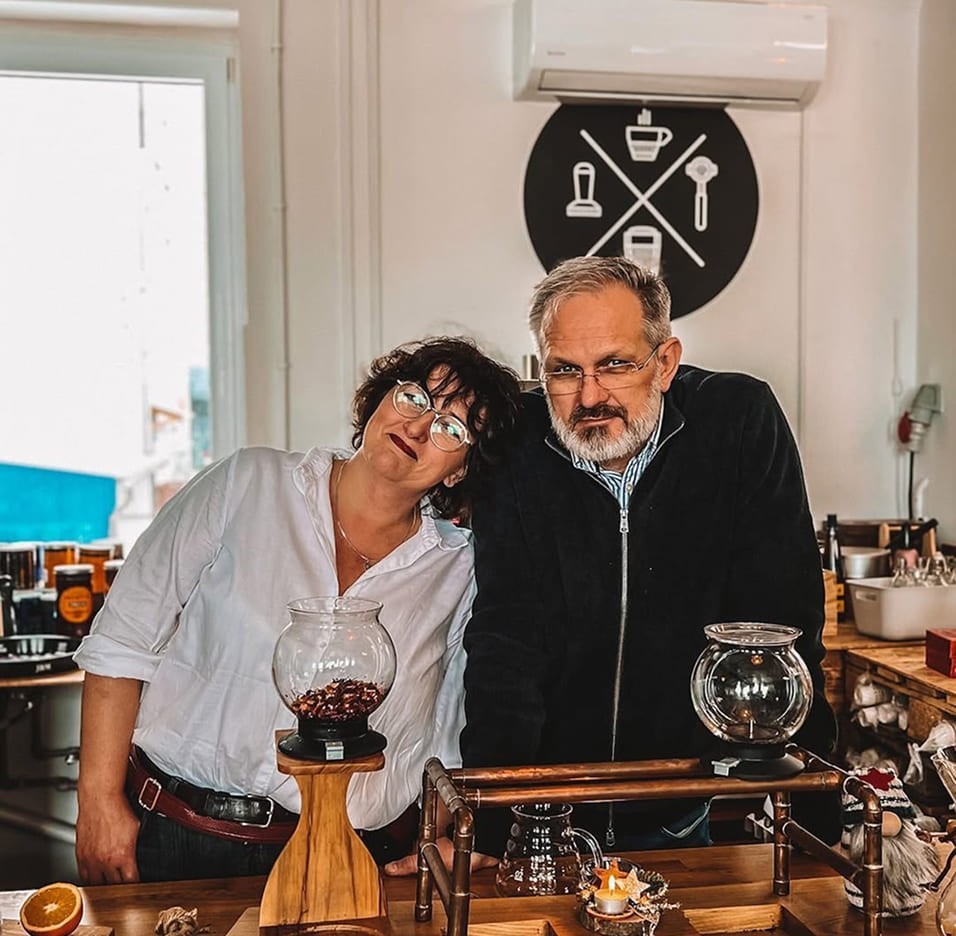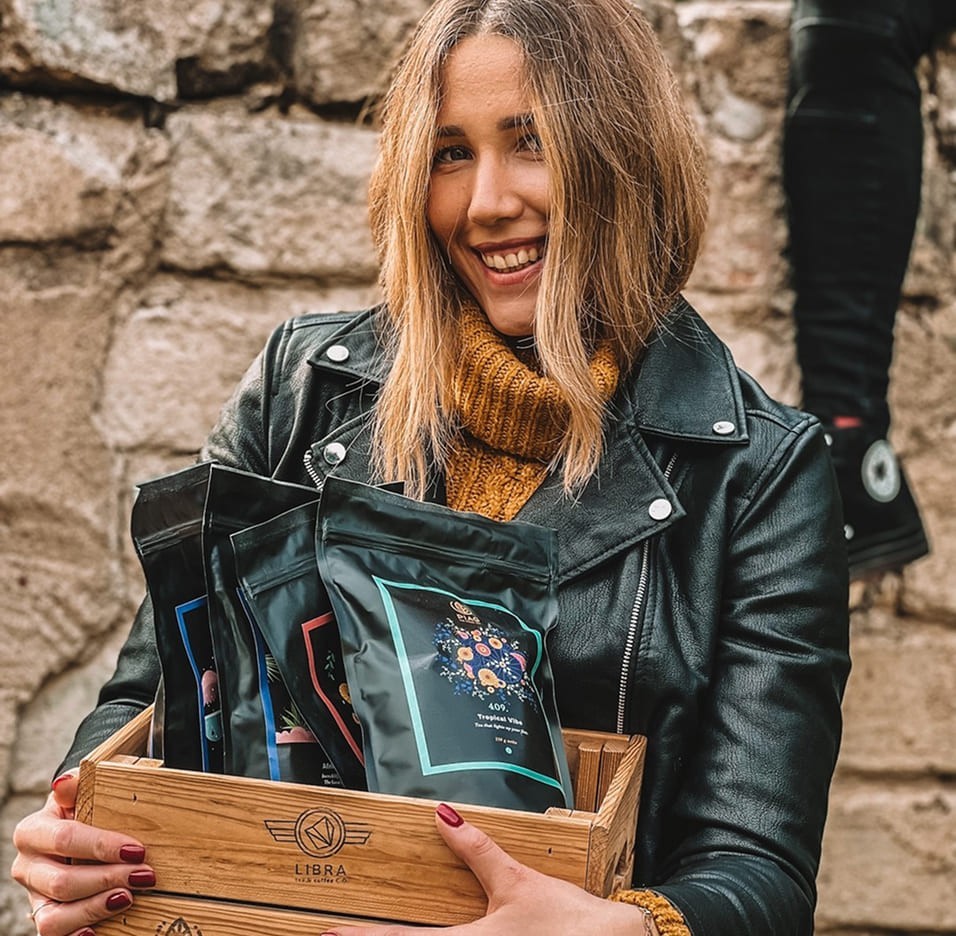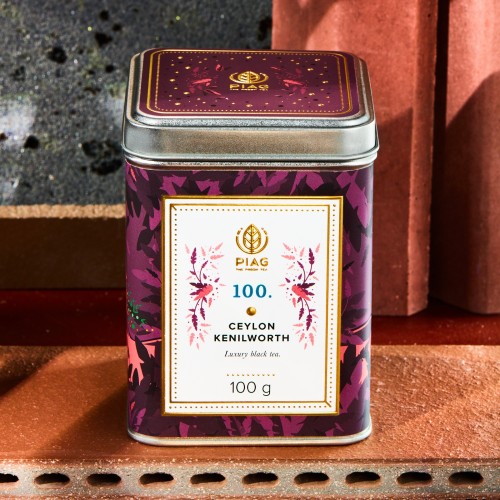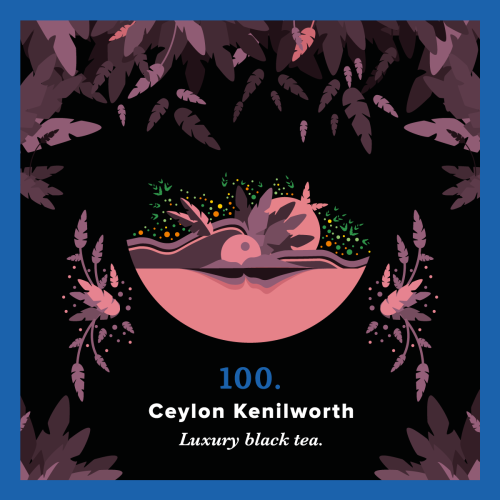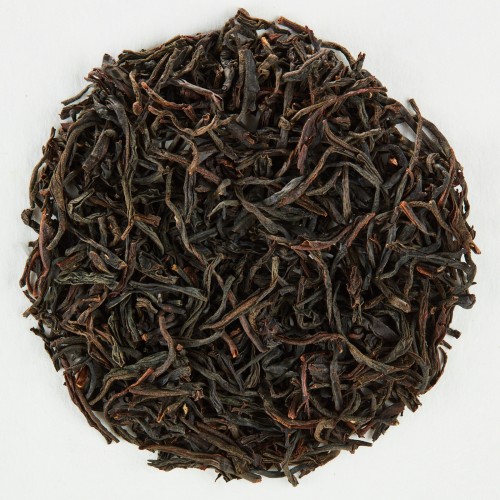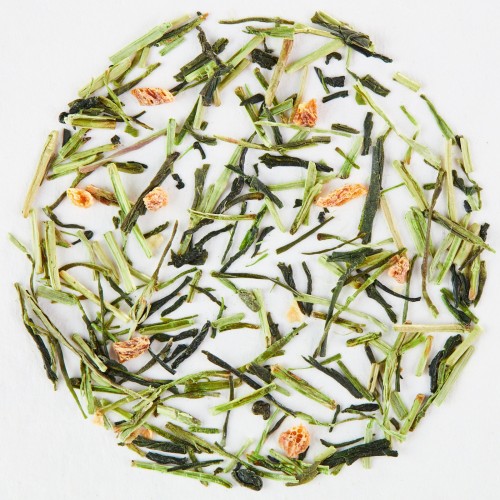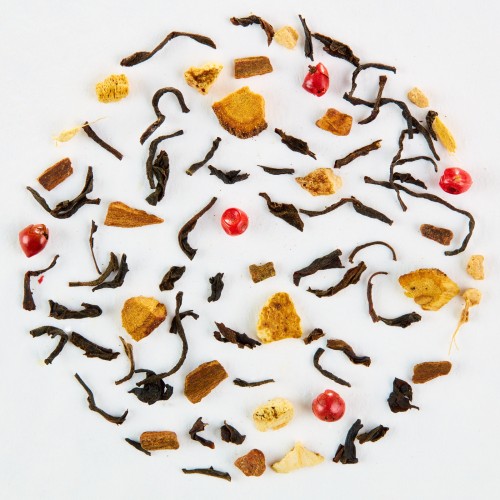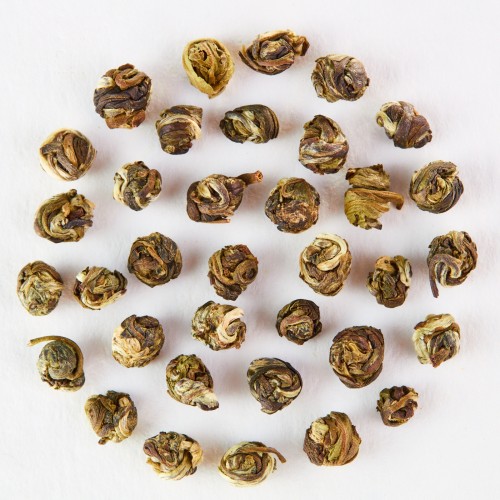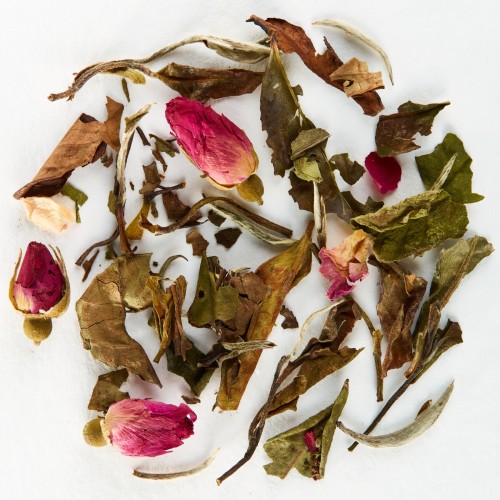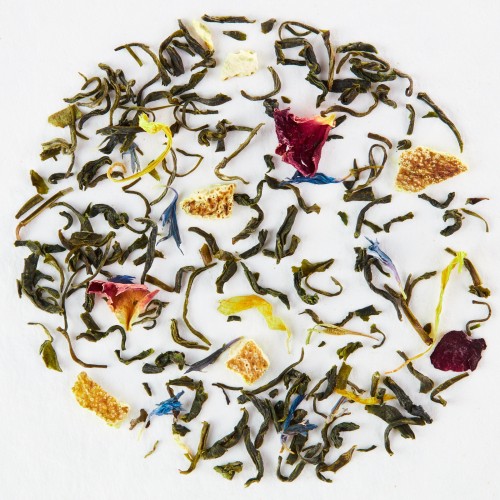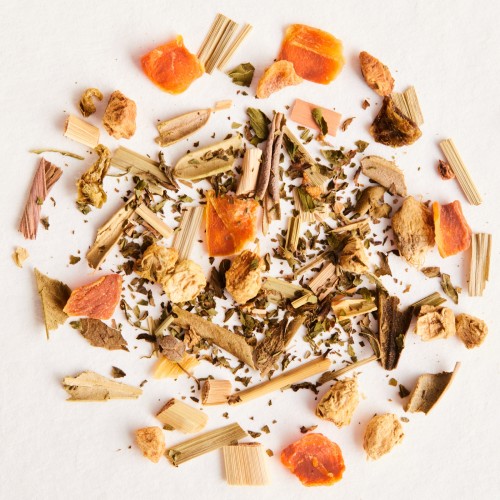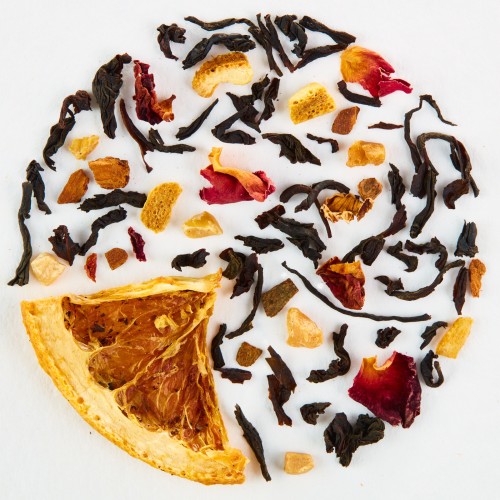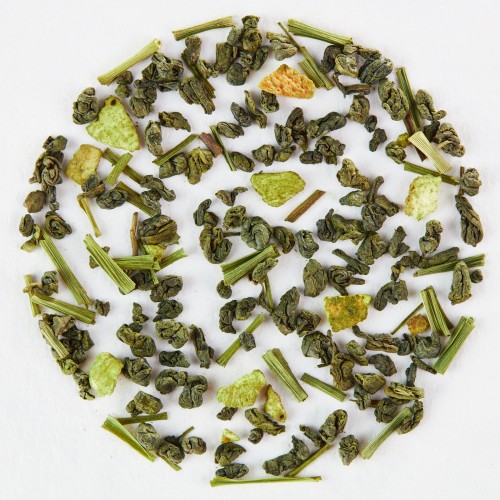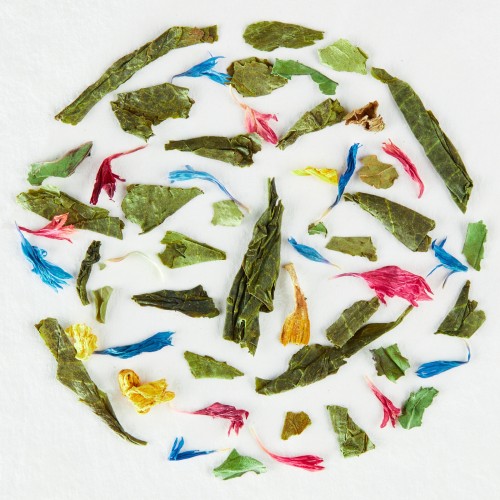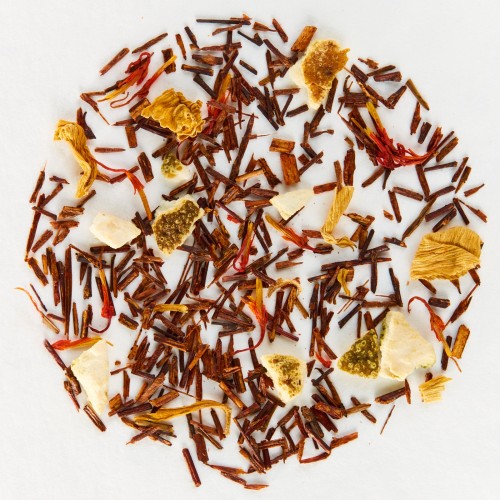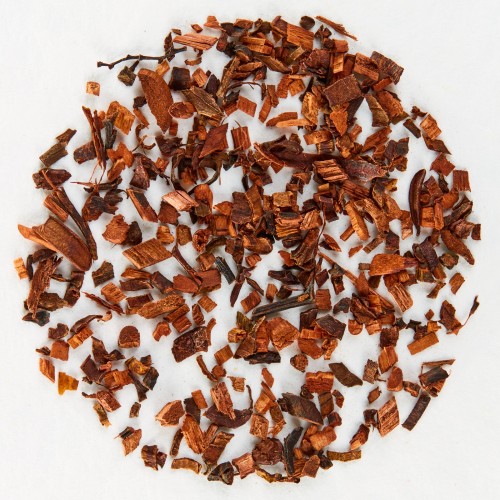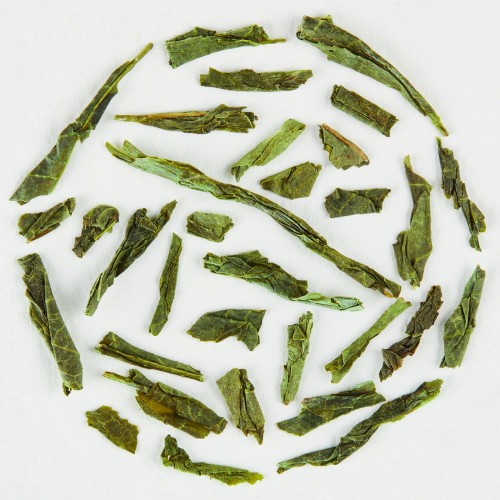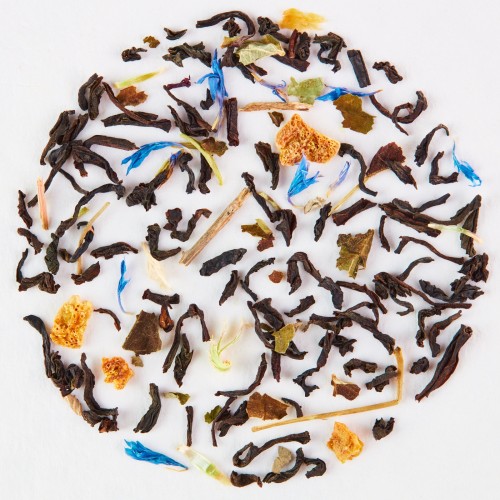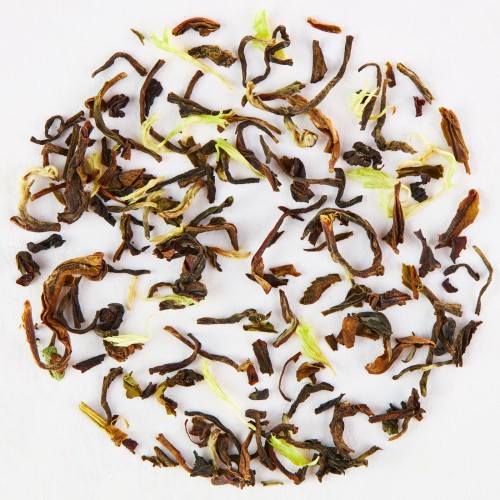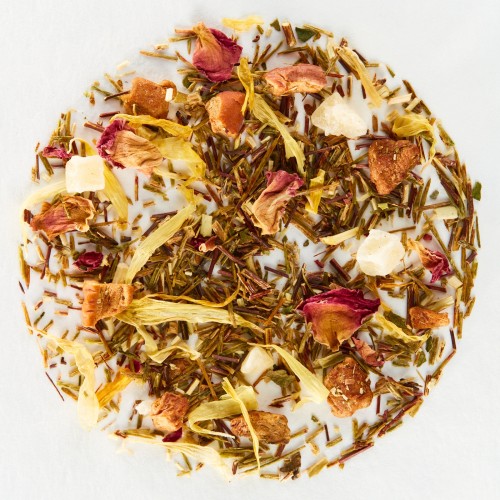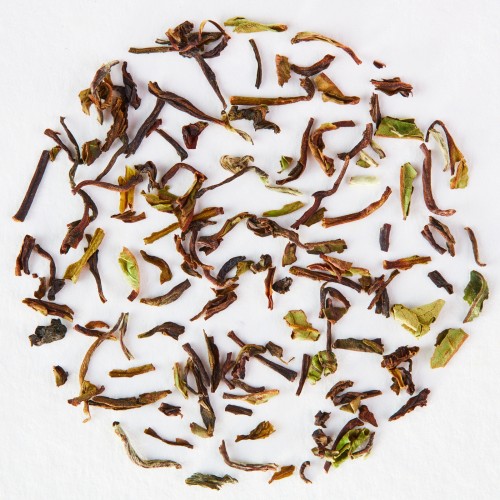-
Shop
-
-
-
-
Our top picksBag (Loose Leaf Tea) 250g net109.00 złCanister (Loose Leaf Tea) 100g net55.00 złSample 10g net9.00 złSample 10g net8.12 zł
-
-
-
-
-
-
-
-
Our top picksOut of stock39.84 złOut of stock210.57 złOut of stock32.51 złOut of stock38.21 zł
-
-
-
-
-
HistoryGoppion Caffe is a company founded in 1859 by Luigi Goppion, who, as a young boy, dreamed of opening his own roastery after smelling freshly roasted coffee beans for the first time. The story of Goppion Caffe began with a café established in the market square of a small town near Treviso, close to Venice. Inspired by their grandfather's passion, his grandchildren continued his work and even started opening cafés in other countries. Discover
-
-
-
-
-
Our top picksCanister (Loose Leaf Tea) 250g net47.15 złOut of stock Bag 1kg 1000g net182.11 zł1000g net98.37 zł
-
-
-
-
-
Gift vouchersIt’s wonderful to receive a gift, but even more delightful to give one. But what to choose? Here lies the question! A gift voucher is the perfect solution. Give a gift
-
-
-
-
-
Our top picksCanister (Loose Leaf Tea) 250g net47.15 złOut of stock Bag 1kg 1000g net182.11 zł1000g net98.37 złBag (Loose Leaf Tea) 250g net109.00 zł
-
-
-
-
Discover Piag Tea
-
-
-
PIAG The Fresh Tea – BeauTEAful Polish BrandThis is the fulfillment of our dream: an exceptional Polish tea brand that satisfies the thirst for pleasure.
"In life, you can change what you do, but you can never change what you desire."
We are a pair of tea enthusiasts, living together for over twenty years in a dynamic harmony – Agnieszka Filipkowska and Piotr Korzeniowski. Meet us
-
-
-
-
-
-
-
CollaborationWe offer Piag teas to everyone who expects the highest quality. We collaborate with hotels, restaurants, cafés, delicatessens, and retail stores, as well as with bartenders, sommeliers, and chefs seeking inspiration. This is how unexpected recipes for exquisite dishes and beverages featuring Piag teas come to life.
Be sure to get in touch! We would love to learn about your business and share the story of our teas. Together, we will discover the best way to collaborate.
Piag Tea satisfies the thirst for pleasure. See details
-
-
-
-
-
-
-
Loyalty programIt may sound incredible, but it works… Simply log in, and the rest flows smoothly – that is our intention. Shopping in our store and recommending us to friends is rewarded with discounts, special offers, and free gifts. Don’t hesitate to take advantage! See details
-
-
-
-
-
-
-
Career"No one knows the paths of the stars,
Yet someone among us is chosen…"
And perhaps, that says it all. Join us
-
-
-
-
-
- Blog
- Contact
100. Ceylon Kenilworth Piag Tea
Kenilworth is the oldest of the many tea gardens on Sri Lanka – once known as Ceylon. Its name carries history, while the island’s humid air, fertile soil, and generous sunshine create the perfect conditions for tea bushes to thrive. From this legendary garden come beautifully long, curly, and wonderfully fragrant tea leaves. Once brewed, they reveal a rich infusion with delicate notes of honey and flowers. A world of breathtaking beauty, touched by the mysterious power of chance – serendipity… where anything can happen.
0.73 zł/g
100% black tea leaves
More about the product
Ceylon Kenilworth
The Pearl of Black Teas
An exquisite black tea from the renowned Kenilworth tea garden in Sri Lanka – the mist-kissed island known to the world as Ceylon. Notes of ripe fruit and a gentle honeyed sweetness unfold gracefully, completing its classic Ceylon character with refined elegance.
A true delight in every cup.
Discover Ceylon Kenilworth by Piag Tea – The Pearl of Black Teas
Ingredients: 100% high-grown Ceylon black tea leaves
Taste: Ceylon Kenilworth by Piag Tea offers a deep amber infusion with a rich, full-bodied flavour. Subtle sweetness of sun-ripened fruit mingles with a hint of pleasant bitterness, finished off with a warm, spicy note that lingers delicately on the palate.
Wellness: Black tea is celebrated not only for its taste but also for its benefits. Naturally stimulating thanks to its theine content, it enhances focus and clarity. Packed with antioxidants, it helps protect the body from free radicals and supports long-term well-being.
Packaging: Ceylon Kenilworth by Piag Tea is presented in an elegant tin – a beautiful addition to any kitchen. The packaging features artwork by illustrator and designer Katarzyna Korzeniowska. Each tin is wrapped and packed by hand.
Everything we do – we do with love.
Ceylon Kenilworth
We invite you on a beautiful journey to Ceylon. Not an expensive one – all it takes is a tin of Ceylon Kenilworth tea and a little imagination.
Brew a cup. Close your eyes. Now picture the lush, vivid green of the Kenilworth tea garden. Can you see it? Walk slowly through its fragrant paths. Take in the beauty – and the taste – of our tea.
Think of the hands that nurtured these leaves, of the effort and devotion poured into every harvest. Thousands of people, day after day, give their time, their strength – and their hearts – to make this tea possible. And in that work, you’ll also find a part of us. We – at Piag Tea – offer you not just a finished product, but a small piece of our soul. Because everything we make, we make with pride.
We promise you a truly mystical experience – one you'll want to return to again and again.
For those who love to know more – a connoisseur's corner:
Ceylon Kenilworth is a Sri Lankan tea with a rich heritage and extraordinary flavour.
It is cultivated in the famed Dimbula region, known for its ideal growing conditions.
The name “Kenilworth” comes from the Kenilworth tea estate, founded in 1872 by a Scottish planter, James Stewart. Renowned for its exceptional quality, this tea quickly gained global recognition. Today, it remains one of the most beloved and awarded Ceylon teas in the world.
For those who love a good tea story:
There is a legend woven into the leaves of Ceylon Kenilworth.
Once upon a time, a young prince from a nearby kingdom fell in love with a beautiful village girl. She adored tea.To win her heart, the prince set out to create a blend that would express his love. With the help of local artisans, he carefully selected the finest leaves from the Kenilworth estate and crafted a unique tea, delicate and enchanting.
He named it “Kenilworth” – in honour of his beloved. She was captivated by the taste. And he, in turn, captured her heart.
And, as the story goes – they lived happily ever after.
Add first review
Your review appreciation cannot be sent
Report comment
Report sent
Your report cannot be sent
Write your review
Review sent
Your review cannot be sent
Our products
You might also like
202. Indian Chai Piag Tea
Rich black tea blended with traditional warming spices.
408. Dragon Pearl Jasmine Piag Tea
Hand-rolled green tea leaves shaped into delicate pearls, infused with the enchanting fragrance of jasmine.
410. C'est si bon, si bon Piag Tea
A vibrant green tea with a bold grapefruit twist.
905. Power Supplier Piag Tea
An energizing herbal infusion with ginger—perfect not only for superheroes!
1201. Festive Gingerbread Piag Tea
Black tea with warming spices and a touch of orange — it brings the holidays to life all on its own!
412. Green Crocodile Piag Tea
Fiercely delicious and wonderfully fragrant – Gunpowder green tea blended with Japanese matcha and yuzu.
210. Sunny Paper Kites Piag Tea
A magical black tea scented with joy.
217. Jasmine Earl Grey Piag Tea
A captivating black tea with the floral aroma of jasmine and a citrusy twist.
912. Run Forest Run Piag Tea
A delicious, caffeine-free herbal infusion of green unoxidized rooibos, apple, and pineapple.
203. Muscat Darjeeling Piag Tea
Darjeeling black tea kissed with the sweet charm of muscat grapes.
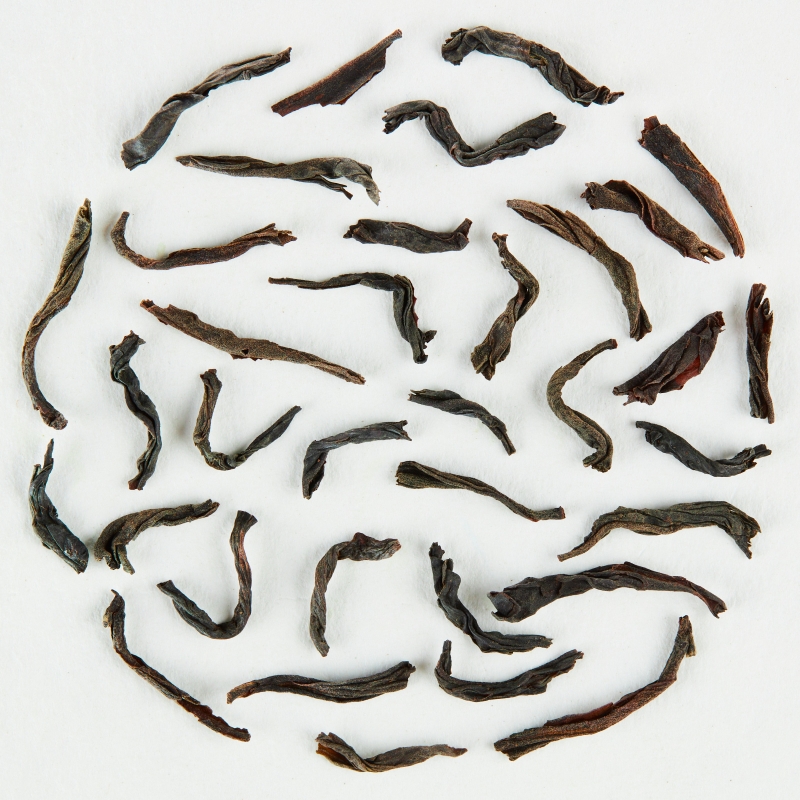
Kenilworth is the oldest of the many tea gardens on Sri Lanka – once known as Ceylon. Its name carries history, while the island’s humid air, fertile soil, and generous sunshine create the perfect conditions for tea bushes to thrive. From this legendary garden come beautifully long, curly, and wonderfully fragrant tea leaves. Once brewed, they reveal a rich infusion with delicate notes of honey and flowers. A world of breathtaking beauty, touched by the mysterious power of chance – serendipity… where anything can happen.
check_circle
check_circle
